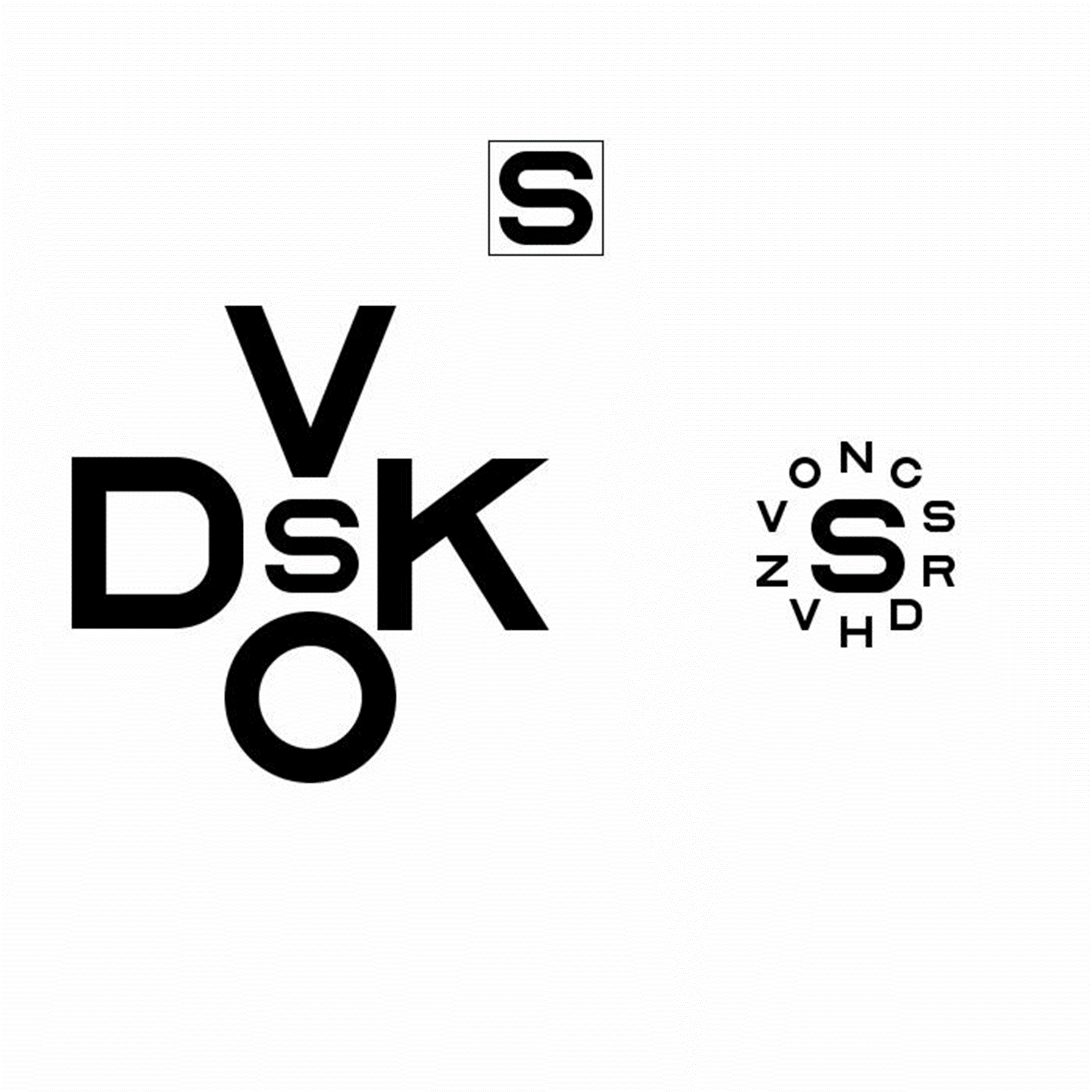All in the mind’s eye: can size illusions improve visual acuity?
What’s the smallest object you can see? Your optometrist measures your visual acuity by asking you to read a letter chart. Larger letters are easier to read than smaller letters—this is because your eye can detect more of the details.
But sometimes our minds play tricks on our eyes. For example (on the right) if you look at a letter surrounded by smaller letters, it appears larger than it really is. Your brain’s ‘ruler’ is fooled for just a moment.
We want to know whether we can use these illusions to improve people’s vision. If an image appears larger, can you see more of the details? We will also use brain imaging to see whether the way each brain is organised can tell us who is likely to benefit from these illusions.

